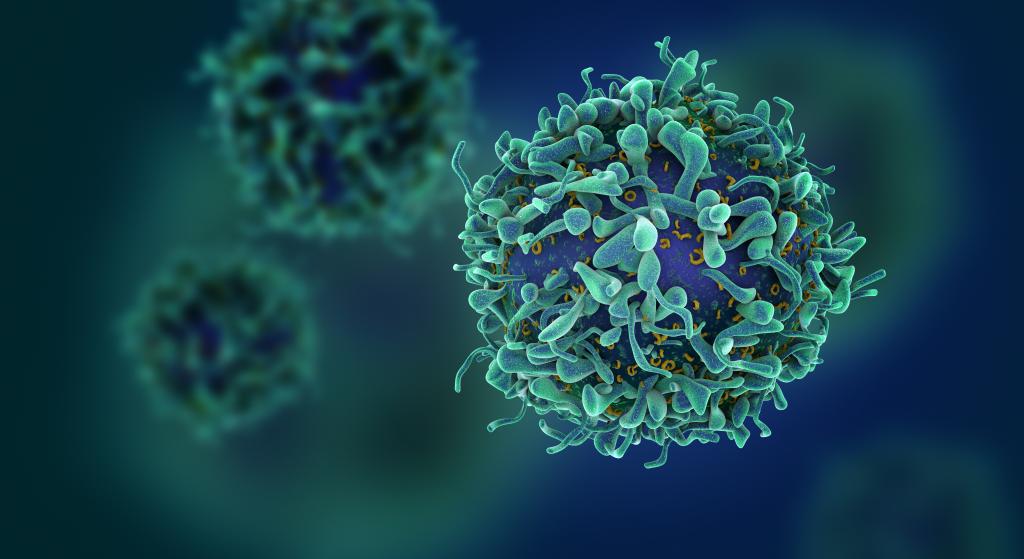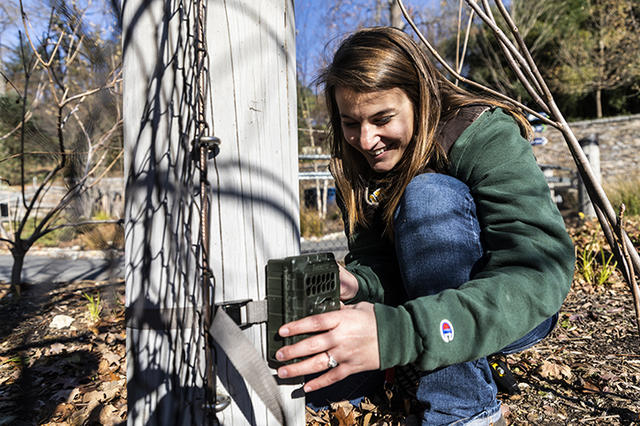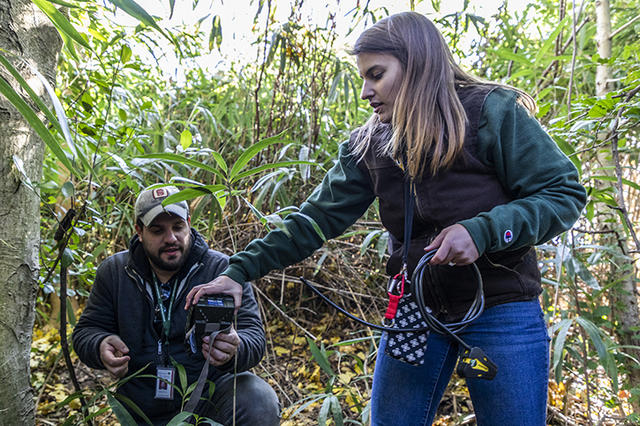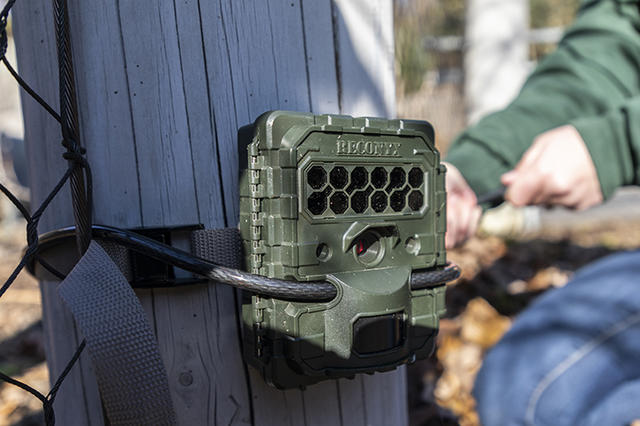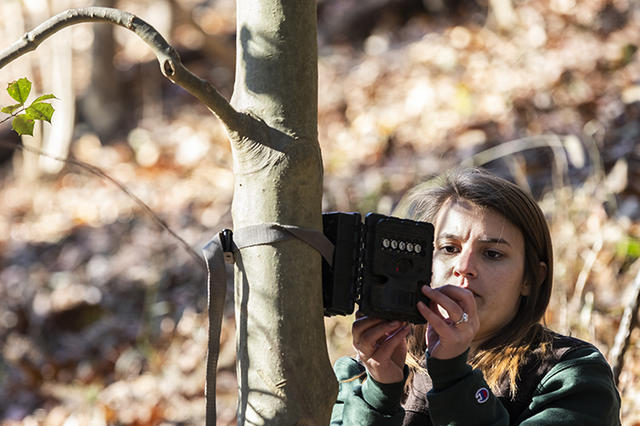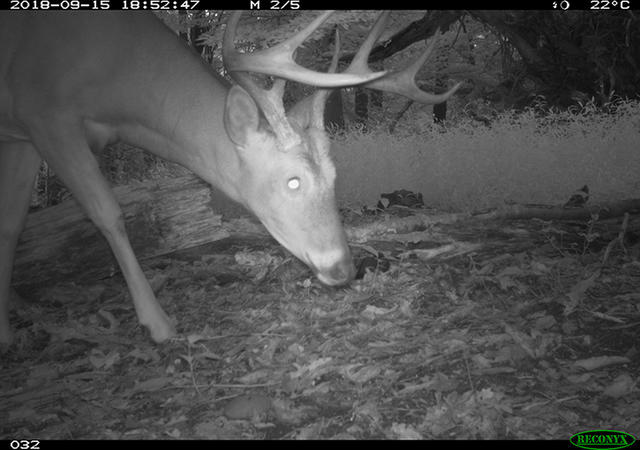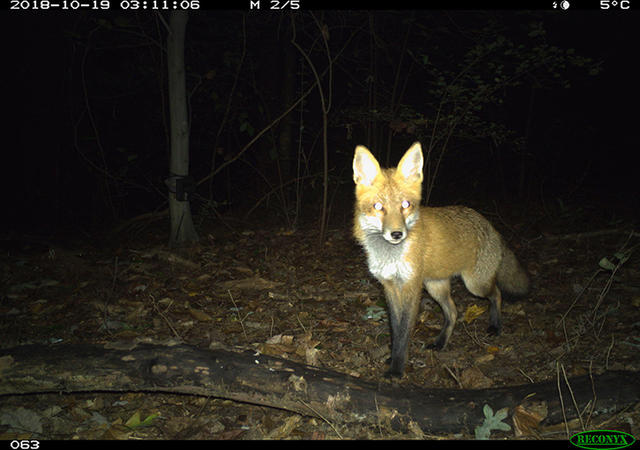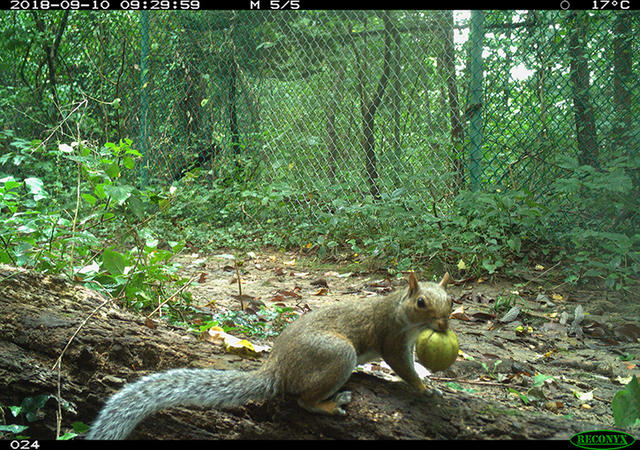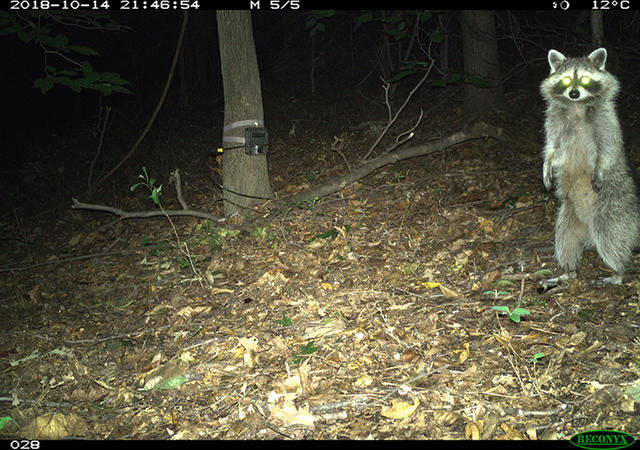Admission CTAs
Wild DC: Mason student, Smithsonian scientist set up camera traps to study city wildlife
“You don’t realize how amazing of an opportunity [SMSC] is until you’re there.” – Jamie Fetherolf.
Wild DC
Ever wondered what creatures might be roaming in your city when you’re not looking?
Across five continents, more than 100 Smithsonian research projects collect a continuous stream of data on wildlife using camera traps—motion-triggered cameras that clue scientists in on what’s happening when humans aren’t around.
This semester, George Mason University senior Jamie Fetherolf is contributing to the network firsthand, by setting up camera traps in Washington, D.C., and analyzing the data with a Smithsonian conservation scientist at the Smithsonian-Mason School of Conservation.
“This is the first time this scale of a project has ever been done,” said Dr. Michael Cove, Fetherolf’s project mentor and a Smithsonian Postdoctoral Research Fellow. While most camera traps are set up in natural areas, this wildlife survey of D.C. places them in urban environments like alleyways and neighborhoods, he explained. “That’s why it’s pretty exciting and a neat opportunity for Jamie.”
Small mammals (including squirrels, chipmunks, rats, and mice) and their possible predators (such as foxes and coyotes) are the primary focus of Fetherolf’s research.
“There’s been research to show animals change their behavior in the presence of humans,” said Fetherolf. “The idea’s that those changes in behavior that the human exposure is causing can change the activity patterns of these different animals.” It could also influence how the mammals and their predators typically interact, she added.
As the photo data rolls in, Fetherolf and Cove will explore these possible changes and their consequences on wildlife. Because their cameras capture anything that moves in front of the sensor, they’re also likely to observe things they never expected—like the presence of large bucks and other wildlife that are resilient through urbanization and living in the heart of the city.
“The cool thing about what I’m going to school for and what Mike does is that you can learn anything new, any time,” said Fetherolf. For her, the excitement is in the discovery. Looking at the captured photos allows the duo to observe numerous behaviors and ask an unlimited number of questions.
Working side-by-side with a Smithsonian scientist on current conservation challenges is also part of the thrill.
“You don’t realize how amazing of an opportunity [SMSC] is until you’re there,” said Fetherolf, who said that the world-renowned scientists and authors of journal articles she cites in papers are the same ones she gets to work with at Mason every day. “It’s a huge networking experience that you will never have anywhere else.”
That’s no exaggeration.
“SMSC is the only school of conservation in the world offering its students access to a vast global network of sites and practitioners,” said Ricardo Stanoss, Academic Program Manager at the Smithsonian-Mason School of Conservation. “Students are embedded in teams of scientists dealing with the most intractable issues in conservation, developing technical and nontechnical skills that employers need.”
Fetherolf’s research will likely have a lasting impact.
Cove said the data Fetherolf collected will help contribute to the understanding of wildlife in urban settings and will add to the Smithsonian’s current knowledge base.
And that’s not the only benefit for Fetherolf, an aspiring conservation biologist who hopes to earn her master’s after completing her environmental and sustainability studies degree.
“I wouldn’t have had as much experience with field work if I hadn’t gone to this semester [at SMSC],” she said. “It’s like no other schooling I’ve ever been in.”
